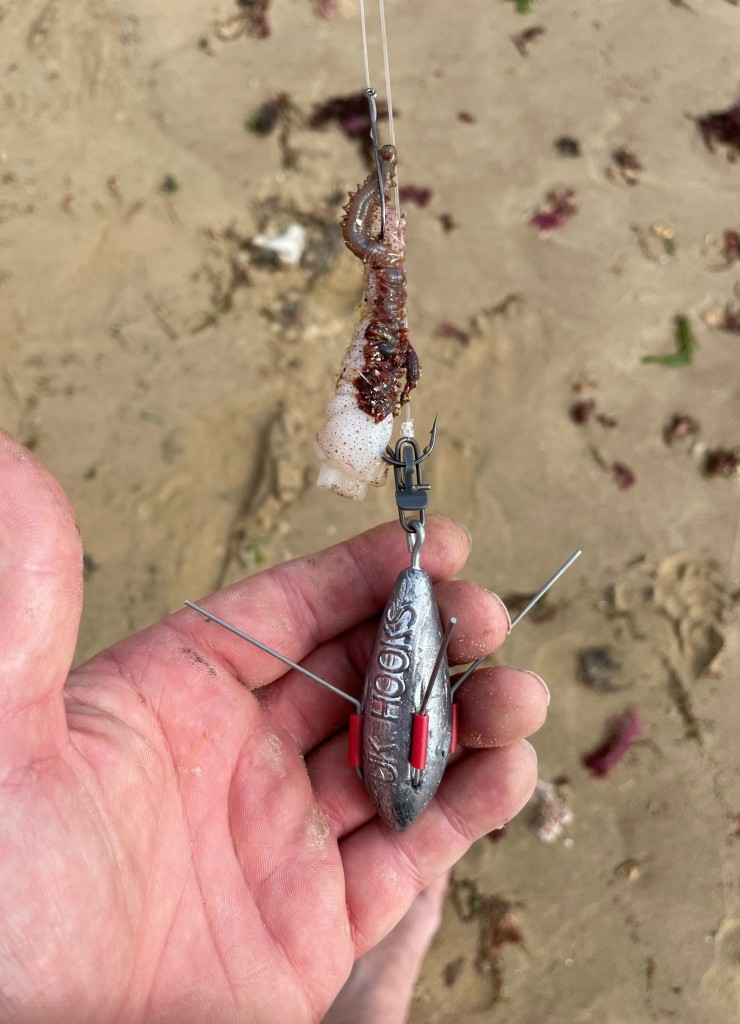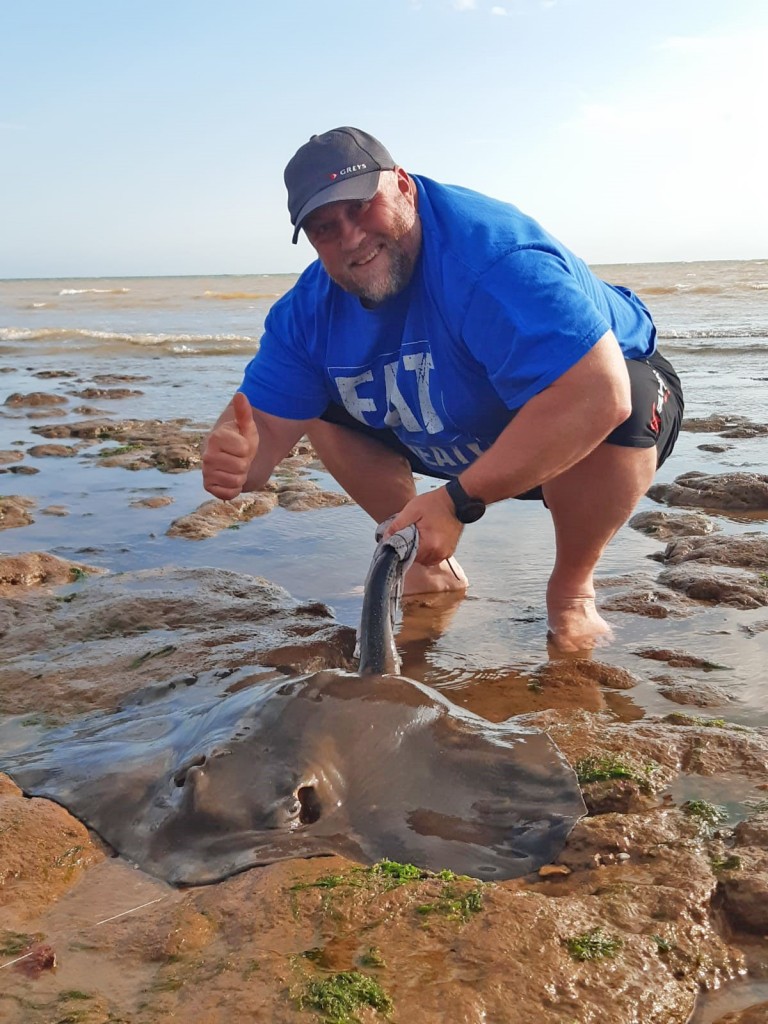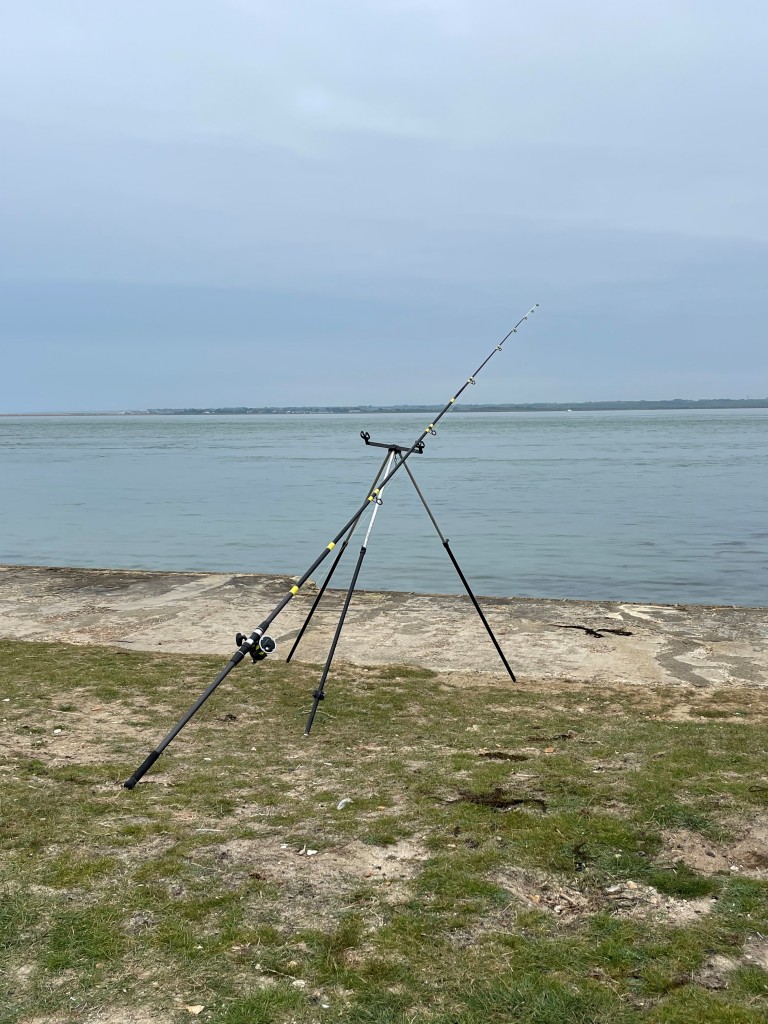Stingray Stingray
When I was a young lad, I had an old Angler’s Mail annual, I can’t remember what the date was, but it was one of those, once a year specials with the hard cover that had loads of impressive fish in and how to catch them. In one of the articles there was a young boy who had caught a massive stingray, from the beach in Barbados, I think. I remember looking at that photo for ages and thinking I would like to catch something like that. I have tried, and tried, I fished for them in Australia nearly getting one called an Eagle Ray. I tried in Sri-Lanka, I tried in Bermuda. Every time I missed out on getting one.
Now you can get them in the UK, albeit they are smaller (the shore record is still over 70lbs though). They tend to run in the summer months on south coast marks- mainly in Kent, and Sussex but you can of course get the odd fish elsewhere. Chesil Beach and some West Wales beaches sometimes throw them up, but these are not places to realistically target them. Nevertheless, I have tried most of the top stingray marks and blanked! It wasn’t until I ventured over to the Isle of Wight that I finally succeeded.
Dogma states that you fish for stingrays on smaller tides, during settled and warm weather when they move into shallower water to feed. The best bait for them is ragworm, and you fish an evening tide into dark.
Now I have followed that dogma, and wasted a lot of time and ragworms over the years, with usually dogfish to show for it. I would say the dogma is possible correct but it didn’t work for me. My first Stinger was caught on Squid, and I prefer a squid ragworm mix to maximise my chances.
Rigs are always Pulley rigs, or Pulley Droppers, depending on how snaggy the water is, and how deep. Fishing shallow water usually requires a long cast, so I don’t use massive baits. Stingrays do have a big mouth, maybe not as big as usual rays, but big enough to engulf most hook baits. The dogma that you only catch them on ragworm because of the size of their mouth is likely to be a fallacy. It is more likely that they get caught on ragworm as that is common animal found in shallower areas they swim about in.
As Stingray can be quite large, you do need decent gear to get them out, not that they fight too much, (though I have had them jump out of the water several times) it’s just that they are a heavy weight in the tide, and that stresses tackle. So, I use a large capacity multiplier (Penn Mags 535s) with 20lb mono, and a longer than usual shock leader, so I can grab it in the surf and pull them in. My hook lengths are usually 40 – 50lb amnesia and I use a sting 3/0 hooks usually Big Mouth Xtras.
When you get a stingray the obvious thing to worry about is the “sting”. I was quite amazed when I caught my first one on how quickly they can lash their tail around. There is usually a brief mad moment why they are first beached where they go bonkers whipping it around, but they soon calm down. Now is the time to secure the stinger. I just wrap a bait towel around it and as long as you hold it firmly there isn’t really an issue. The only problem is you can’t pick them up for photos like you would with the usual ray species like this. Some people wrap tape around the stinger, but you still have to be careful in case this splits or gets flicked of-, hence why I like the towel, and holding the tail at all times technique.
If you do get stung, seek medical advice. The stinger has a poison in it which can be intensified by hot water (as the poison is cold water-based per se). But the real issue is the barbs along the stinger can break off and stay under the skin causing infection. The skin around the stinger also tears off and can get in there as well, which can cause complications.
I found the only real problem with them is getting them back in the water, especially if you get a really big one, as holding the tail and trying to lift with your hand underneath them is near on impossible. I find the best way to do it is to slide them onto a small tarpaulin, and then slide that back into the sea. I had to do this with my t-shirt in an emergency!
I like to fish at low water for them, certainly on shallow beaches. I usually fish the last two hours of the outgoing tide- the tide at this time is slowing down and the rays tend to like this period before it speeds up as it comes in again. I haven’t found the flood as productive, which is strange, but they are a strange fish. I have also found it better to fish when the water is churned up a bit, not stormy, but when there is colour in the area you are fishing. However on the whole I think you are very lucky to catch one and most shore anglers, even if they are fishing the right areas very rarely come into contact with one, they just aren’t as common as the other species of rays in the UK at the moment.









